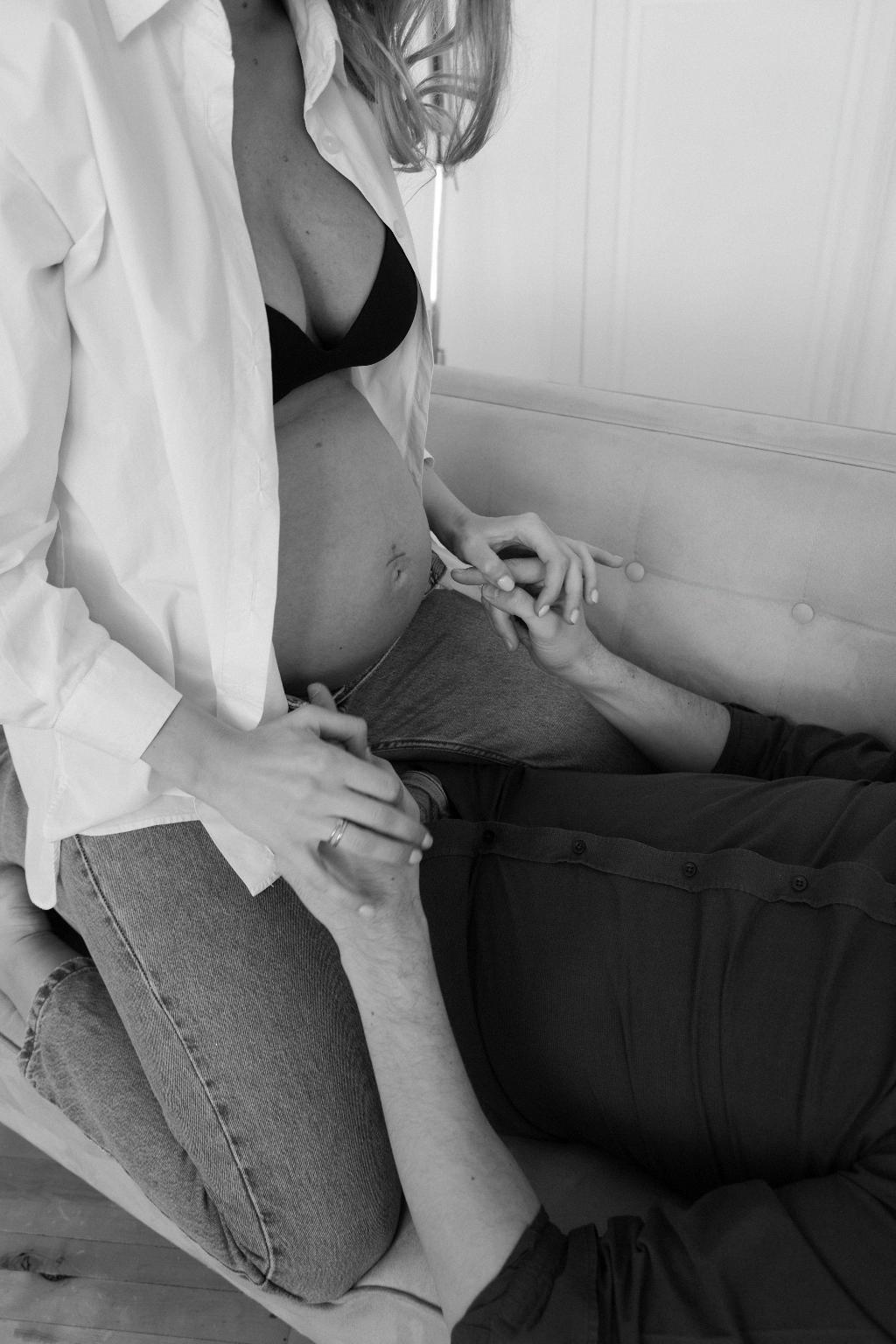Having two uteruses, also known as uterus didelphys, is a rare anatomical variation that occurs during embryological development. This condition is characterized by the presence of two separate uterus structures, each with its own corresponding cervix and sometimes its own vagina.
Statistically speaking, the occurrence of uterus didelphys is quite uncommon, with estimates suggesting that it affects approximately 0.5% of the female population. This means that out of every 100 women, less than 1 will have this particular anatomical configuration.
Uterus didelphys is considered a congenital abnormality that arises early in fetal development when the Müllerian ducts, which eventually form the uterus, fail to fuse properly. Instead of merging to create a single uterus, each Müllerian duct develops into a separate structure, resulting in the presence of two uteruses.
While having two uteruses is rare, it is essential to note that this condition is not typically associated with any specific symptoms or health concerns. In many cases, women with uterus didelphys may not even be aware of their dual uterine anatomy unless it is discovered incidentally during a pelvic examination or imaging studies.
Despite its rarity, uterus didelphys does not usually impact fertility or pregnancy outcomes significantly. Most women with this condition can conceive and carry a pregnancy to term successfully, although there may be a slightly higher risk of certain complications, such as breech presentation or preterm labor.
It is crucial for individuals diagnosed with uterus didelphys to receive appropriate medical care and guidance from healthcare providers knowledgeable about this condition. Regular gynecological examinations and prenatal care can help monitor any potential issues and ensure optimal reproductive health.
Given the low prevalence of uterus didelphys in the general population, healthcare professionals may not encounter this condition frequently in their clinical practice. However, awareness of the possibility of dual uteruses can aid in early detection and management of any related reproductive concerns.
Research into the genetic and environmental factors that contribute to the development of uterus didelphys is ongoing, aiming to shed light on the underlying mechanisms of this anatomical variation and its implications for women’s health.
Individuals with uterus didelphys should feel reassured that while their anatomy may be atypical, it does not typically pose a significant threat to their overall well-being or reproductive capabilities. Open communication with healthcare providers and a proactive approach to healthcare can help address any potential challenges associated with this condition.
In conclusion, the rarity of having two uteruses, as seen in the case of uterus didelphys, underscores the diverse nature of human anatomical variations. While this condition may be uncommon, it serves as a reminder of the complexity and uniqueness of the human body’s developmental processes.
By increasing awareness and understanding of rare anatomical anomalies like uterus didelphys, we can promote a more inclusive and knowledgeable approach to reproductive health and celebrate the diverse experiences of individuals with distinctive physiological profiles.

